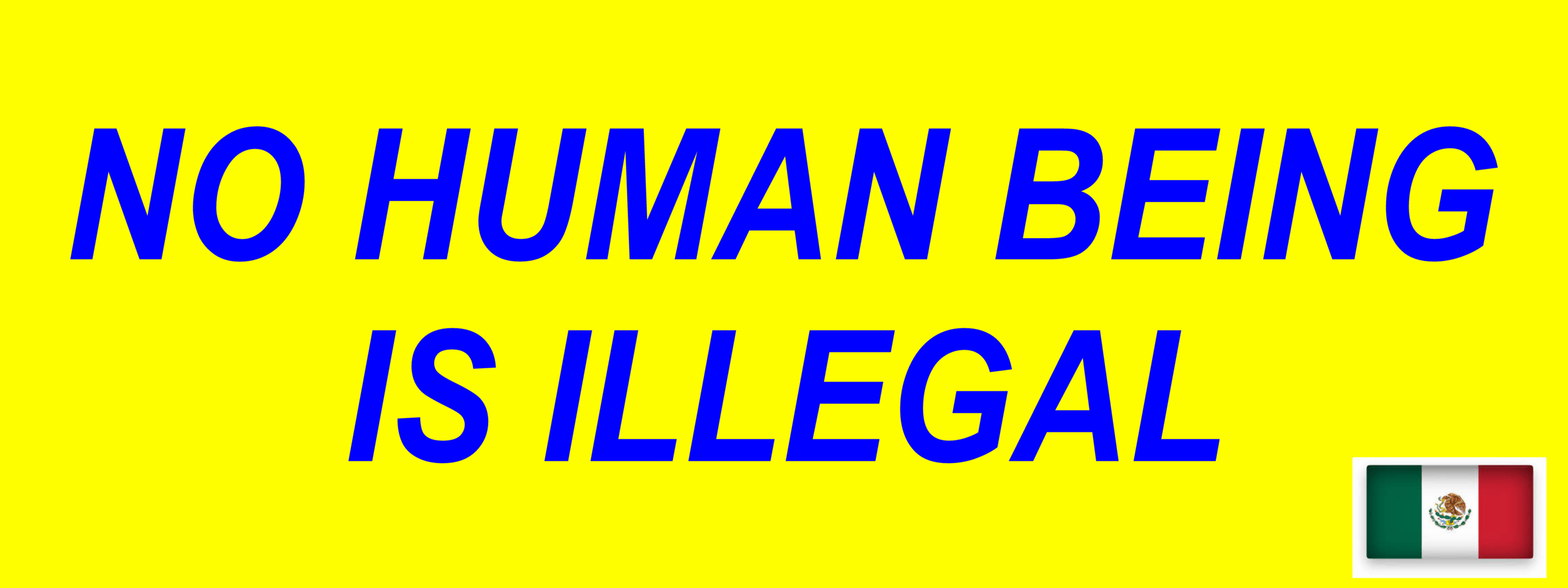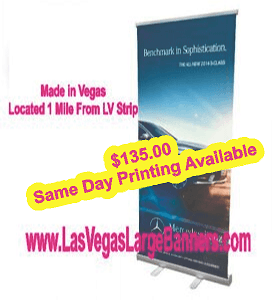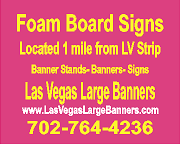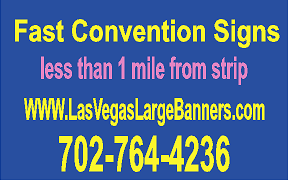Powerful signs and banners in the LA riots have delivered a strong message. In June 2025, Los Angeles became the epicenter of one of the largest civil unrest movements in recent American history. Sparked by a federal crackdown on undocumented immigrants. Thousands of residents—many of whom were directly impacted by immigration raids—took to the streets in protest. The city erupted with marches, demonstrations, and widespread calls for reform. At the forefront of this movement were the powerful protest signs and banners that became visual testaments to public sentiment. These messages reflected not just anger, but also unity, defiance, and hope.
Protest Signage Becomes the Voice of the People
During the height of the LA riots in June 2025. Banners and protest signs quickly emerged as the most visible and immediate form of expression. Marchers filled the streets of Downtown LA, Boyle Heights, and Echo Park carrying placards bearing bold, striking messages. Some displayed calls to action like “Abolish ICE Now!”, “Families Belong Together”, and “Sanctuary for All”. All common phrases that have become standard across immigration protest movements in the U.S.
However, 2025’s protests elevated these expressions with an even more visceral tone. Protesters carried signs that read “This Land is Our Land Too”, “We Are Not Illegal”, and “No Human Being is Illegal”, slogans that rapidly became rallying cries. According to political analysts and visual media experts. The use of large-scale vinyl banners and high-contrast lettering helped transform these statements into viral visual artifacts. Photos of these signs circulated widely across social media platforms, allowing their messages to gain global traction.
The Evolution of Powerful Signs and Banners in The LA Riots
Protesters used not only traditional placards and banners but also incorporated digital-age tactics. Handmade signs featuring scannable QR codes led viewers to online petitions, informational hubs, and real-time maps of police activity and protest routes. This blend of analog protest methods and digital innovation allowed for greater mobilization and awareness.
Some of the most popular and shared images included banners that blended visual art with activism. For example, a widely circulated protest mural displayed a rendition of the Statue of Liberty weeping, with the caption “Land of the Free?” sprayed across in graffiti style. Another hand-painted banner showing a deportation bus breaking through a neighborhood fence included the phrase “Not in Our Barrio”, connecting cultural identity with political resistance.
As noted by The Guardian’s live coverage of the LA protests, many of these banners originated from local community centers and art collectives who viewed this as a pivotal moment in civil rights history. These artistic collaborations brought together writers, visual artists, immigrants, and youth leaders to design emotionally compelling signage aimed at invoking empathy and outrage in equal measure.
Law Enforcement Response and Legal Backlash
The federal response to the protests further escalated tensions. The U.S. government, citing “civil disorder and threats to national stability,” deployed over 700 Marines and an estimated 4,000 National Guard troops to Los Angeles. This move, heavily criticized by state and local officials, was viewed as an extreme overreach. Many protest signs directly responded to this escalation with messages like “Troops Out of LA!”, “We Are Not the Enemy,” and “This Is What Democracy Looks Like.”
California Governor Gavin Newsom and Los Angeles Mayor Karen Bass responded by filing a lawsuit against the federal government, arguing that the deployment violated state rights and the Posse Comitatus Act. As legal battles ensued, protest signage increasingly took on a dual message: one against immigration enforcement and another against military intervention on American soil.
One of the most powerful and shared signs during this time simply read, “I’m 10. My Dad Was Taken. Tell Me Again About Freedom.” This sign, carried by a child in a downtown march, was shared over 3 million times on X (formerly Twitter). Sparking conversations on family separation and the emotional trauma experienced by immigrant communities.
Protest Signs as Lasting Symbols of Resistance
Beyond their immediate impact, the signs and banners used in the June 2025 LA riots became historical artifacts in their own right. Museums such as the California African American Museum and the Museum of Social Justice began collecting these signs. For future exhibits focusing on civil unrest, immigration history, and grassroots activism.
Popular SEO search terms such as LA immigration protest signs, riot banner messages, and anti-ICE protest signage surged during and after the protests. Indicating a broader public interest in the messages behind the movement. Influential media outlets, including NPR, CNN, and local LA news stations, showcased galleries of protest signs in their online coverage. So further amplifying the power of these visual statements.
According to cultural historian Dr. Lissette Ochoa, “Protest signage functions as a living, breathing form of historical documentation. The phrasing, design, and symbols give future generations insight into the collective psyche of a moment in time. The signs in LA told a story not only of suffering but of resistance and resilience.”
Conclusion: Words That Moved a Movement
The June 2025 LA riots were more than just a reaction—they were a movement rooted in years of policy tension, fear, and injustice. Protesters used banners and signs not merely as accessories, but as essential instruments of expression. These artifacts carried grief, frustration, hope, and community—all in black marker or spray paint on cardboard and canvas. As the demonstrations unfolded, signs bearing phrases like “Power to the People,” “Undocumented and Unafraid,” and “We Will Not Be Silent” echoed far beyond the streets of Los Angeles.
In a time when civil liberties felt increasingly under threat, the voices behind the signs served as a collective roar from the people. They demanded to be heard, and through bold typography, vibrant color, and powerful phrasing. They made sure their message echoed through the country and beyond. These signs didn’t just protest injustice—they proclaimed identity, demanded reform, and defined a generation’s resistance.
Remember to protest peacefully and violence is not the answer to the anti immigration movement. Contact your local govt representative and express your opinion.






